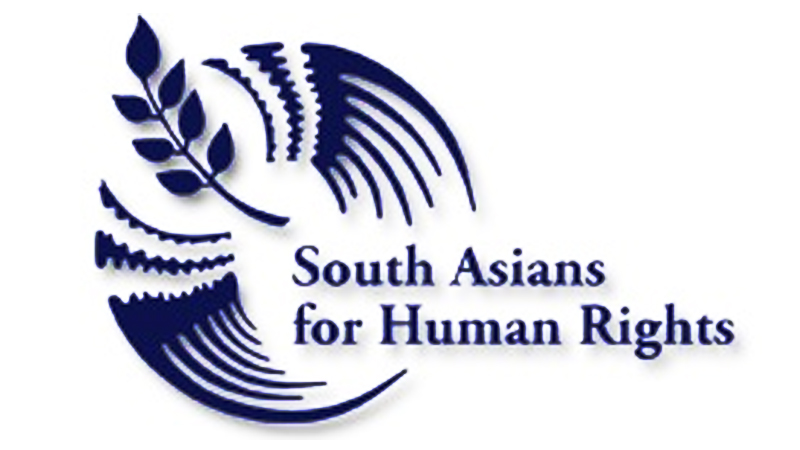HRCP Fact-Finding Report on Child Abuse and Murder in Chunian (Kasur)
HRCP Fact-Finding Report on Child Abuse and Murder in Chunian (Kasur)
23 September 2019
Introduction
The mark of a civilized society is the way it treats – and protects – its children. The district of Kasur in Punjab has resurfaced in the media amid the grisly discovery of four children’s bodies on 17 September 2019: Faizan, Hussnain, Imran and Suleman. It is suspected that they were also subjected to sexual assault. This follows several high-profile cases of child abuse and murder in Kasur, among them the discovery of a child pornography ring in 2015 that had targeted about 300 children, and the brutal rape and murder of six-year-old Zainab Ansari in 2018 – reportedly the twelfth such incident of child sexual abuse to have occurred within a 10-km radius in a single year.
Following media reports of this latest incident, HRCP sent a four-member team to visit the tehsil of Chunian in Kasur on 23 September 2019. The team comprised Mr Raja Ashraf (HRCP Council member), Ms Sabahat Riaz (lawyer), Mr Iftikhar Butt (HRCP member) and Mr Danyal Anwar (HRCP staff member). The team met the concerned deputy commissioner, the DSP investigation officer of the case and the families of three of the victims. While the police explained the measures they had taken to some extent, almost all the victims’ families felt they had received very little or no support from the administration and law enforcement agencies and held little hope that the police investigation would reveal the culprit or culprits.
Detailed findings
Azhar Hayat, the deputy commissioner in Kasur, described the efforts being made by the civil administration and police to apprehend the culprits. He said that (a) local groups were to be set up to increase awareness of the prevalence of child abuse and prevent such incidents from recurring, and (b) the Child Protection Bureau would be strengthened. To maximize the department’s outreach, the government had decided to set up village/union council-level committees within the next 15 days: in each case, these would consist of the headmaster of the local government school, the imam masjid, the nambardar and other notable people of the village. He could not, however, explain why this had not been done so far, especially following the Zainab Ansari case. When asked whether they planned to include NGOs in this process, Mr Hayat said he would try to do so if he received a specific request. The team felt he was reluctant to involve NGOs in this initiative.
Mr Durrani, DSP Chunian and the investigation officer of the cases, apprised the team of the details of the case and the efforts being made by the police. He said that the DPO’s office had shifted temporarily from Kasur to Chunian, but he was not available to meet the team. Mr Durrani said that the police were obtaining DNA samples of people living within a 3-km radius of each of the victims’ homes before expanding their search. He claimed that the police were almost 80% close to finding the culprit and resolving the case. However, he appeared to attribute the problem of child abuse to poverty and parents’ failure to look after their children. He also said that the police would benefit from obtaining the DNA samples collected during the Zainab Ansari rape-murder investigation. However, so far people had readily complied with requests for their DNA samples.
The HRCP team met Ramzan, the father of one of the victims, eight-year-old Faizan. Ramzan is the imam of the local mosque. He said that his son, a third-grade student, was allegedly kidnapped on the evening of 16 September. The following day, Faizan’s body was found in a nearby ditch. Ramzan was clearly devastated: he could barely speak and responded to very few of the team’s questions. He said his family had no personal enmity with anyone. He also said that the civil administration, especially the police, had responded coldly when he lodged his initial complaint. On the morning of 16 September, local people had gathered to protest against the police and civil administration for their lack of cooperation in the case of the other three missing children – Ramzan’s son disappeared the same evening. A neighbor to whom the team spoke claimed that, in the last four years, there had been about 700 cases of child abuse. He said that the administration believes there is a single perpetrator.
The second victim, Salman, was eight years old and studying in the second grade. His family live in a slum in three rooms built around an uneven courtyard. Salman’s family informed the HRCP team that he had been missing since 8 August 2019. His parents had repeatedly visited the police station before registering an FIR. However, on every visit, they were told to search for their son themselves, for example, at a relative’s home, a neighbor’s home or a nearby shrine. The family claims that the police registered the FIR only after the news of these disappearances went viral and after locals held a demonstration demanding justice. Salman’s mother said that the police then recovered her son’s clothes, but did not confirm his death until 22 September.
Finally, the team met Ali Hussnain’s parents, who live two streets away from Salman’s family. Ali’s mother said that her nine-year-old son used to help his father sell hosiery. He went missing on 17 August 2019. His parents visited the police station on 18 August to report the disappearance: they gave the police a photograph of their son and filled out an application. As in Salman’s case, the police advised them to search for Ali at Data Darbar or at a neighbor or relative’s home. Ali’s father showed the team a torn submission slip from the application they had filed. He said he did not have an official copy of the FIR because the police did not give one to him.
All three bodies were found lying next to each other in a deserted sandy area near the town. Faizan’s body was recovered by locals on the information of a sand seller; the police found the remaining victims. Informants claimed that the police had sent the remains of these victims for DNA reports. On 27 September, the media reported that the police had arrested 21 suspects, but had no conclusive evidence yet with which to make any charges.
Recommendations
- The FIR registration process must be made easier for complainants and police sensitized to dealing with complaints relating to missing children.
- Security cameras should be installed in the town.
- Schools, colleges, madrassas and mosques should be used as platforms to raise awareness of child sexual abuse and to suggest measures for protecting children.
- The areas where these – and similar – incidents have occurred must be searched thoroughly for any other evidence and identified by the administration so that people avoid the area at present.
Category: Fact-Finding Reports






